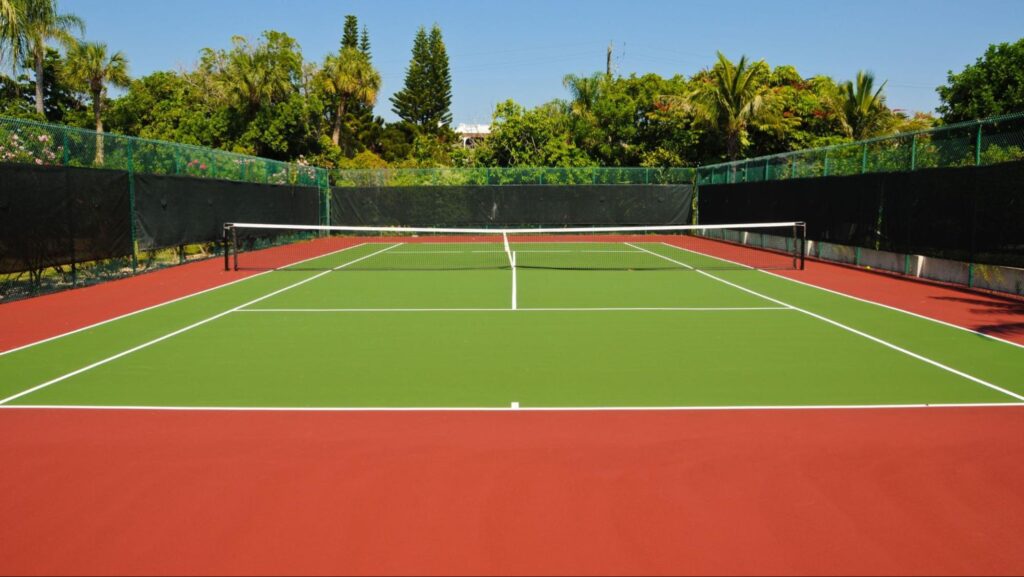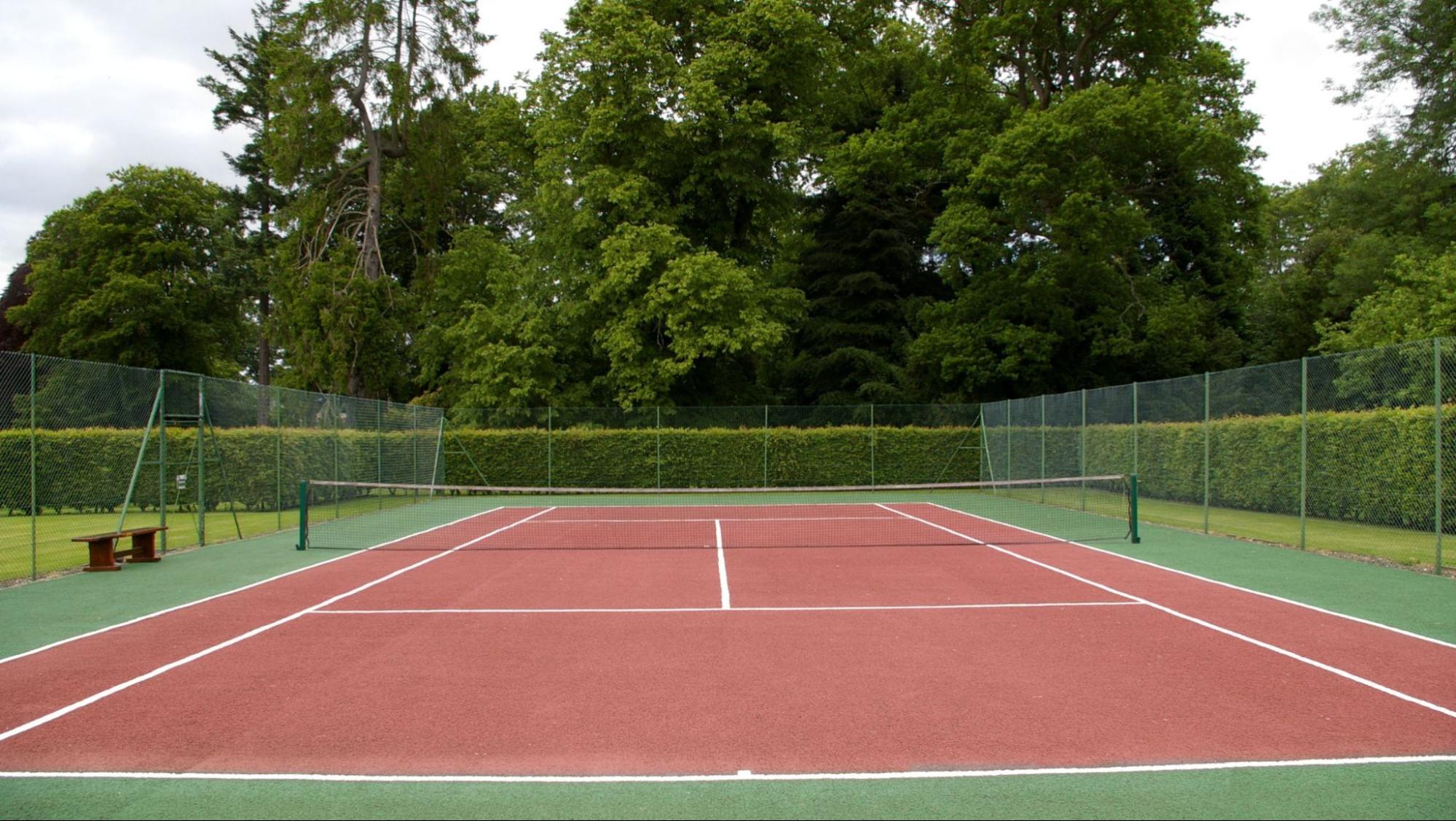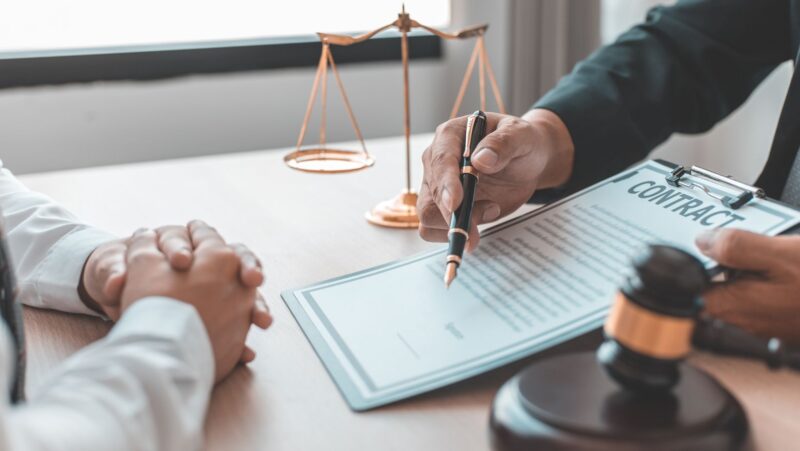
Tennis, a sport beloved by millions worldwide, owes much of its excitement and challenge to the diverse range of surfaces on which it’s played. Whether you’re a recreational player or a seasoned pro, understanding the nuances of different tennis surfaces can significantly impact your game. From the resilient bounce of hard courts to the elegant glide of grass, each surface offers a unique experience for players.
Types of Tennis Surfaces
Hard Courts
Hard courts, typically made of asphalt or concrete, provide a fast and consistent playing surface. Known for their durability and low maintenance requirements, hard courts are favored in many professional tournaments, including the prestigious US Open. The firm surface allows for quick movement and powerful shots, making it ideal for aggressive baseline play.
Clay Courts
Clay courts, composed of crushed stone, brick, or shale, offer a slower pace and higher bounce compared to hard courts. The soft surface reduces impact on joints, making it popular among players prone to injuries. Clay courts require meticulous maintenance, including regular watering and rolling, but the forgiving surface encourages longer rallies and strategic play.
Grass Courts
Grass courts, synonymous with the historic Wimbledon Championships, offer a fast and unpredictable playing surface. The natural grass requires intensive care, including frequent mowing and watering, to maintain its pristine condition. Despite the challenges of upkeep, grass courts reward players with low, skidding bounces and swift, net-rushing tactics.
Carpet Courts
Carpet courts, made of synthetic materials or modular tiles, provide a versatile playing surface suitable for both indoor and outdoor use.

While less common in professional tournaments, carpet courts offer consistent ball bounce and moderate speed, making them a popular choice for recreational facilities and training centers.
Factors Affecting Surfaces
Several factors influence the performance and characteristics of tennis surfaces:
- Climate: Extreme temperatures and weather conditions can impact surface properties, affecting ball bounce and player movement.
- Maintenance: Proper upkeep, including cleaning, resurfacing, and repair, is essential for preserving the quality and safety of tennis surfaces.
- Player Preference: Individual playing styles and preferences play a significant role in surface selection, with some players excelling on fast, hard courts while others prefer the slower pace of clay.
Choosing the Right Surface
Selecting the perfect tennis surface involves considering various factors:
- Considerations for Players: Assessing skill level, playing style, and physical condition can help players determine which surface best suits their needs.
- Performance Factors: Evaluating surface speed, bounce consistency, and grip can help players optimize their game and adapt to different playing conditions.
- Cost and Maintenance: Balancing initial installation costs with long-term maintenance expenses is crucial for facilities and homeowners investing in tennis courts.
- Environmental Impact: Considering the environmental footprint of different surfaces, including water usage and chemical treatments, is essential for sustainable tennis court management.
Benefits of Each Surface
Each tennis surface offers distinct advantages for players:
- Hard Courts: Fast-paced gameplay, durability, and low maintenance requirements make hard courts a popular choice for recreational and professional players alike.
- Clay Courts: Reduced risk of injuries, longer rallies, and strategic play characterize the clay court experience, appealing to players seeking a more forgiving surface.
- Grass Courts: The unique challenges of grass courts, including low bounces and unpredictable movement, reward players with a classic, fast-paced game reminiscent of tennis’s origins.

- Carpet Courts: Versatility, moderate speed, and indoor/outdoor flexibility make carpet courts an attractive option for players and facilities seeking adaptability and convenience.
Surface Maintenance
Proper maintenance is essential for preserving the quality and safety of tennis surfaces:
- Cleaning and Repair: Regular sweeping, washing, and crack repair help prevent debris buildup and surface damage, ensuring optimal playing conditions.
- Seasonal Preparations: Implementing seasonal maintenance routines, such as resurfacing and line painting, prepares tennis courts for changing weather conditions and usage patterns.
- Professional Services: Engaging professional maintenance providers can streamline upkeep efforts and prolong the lifespan of tennis surfaces, saving time and resources in the long run.
Conclusion
In conclusion, tennis surfaces play a crucial role in shaping the dynamics and enjoyment of the game. Whether you prefer the speed of hard courts, the resilience of clay, the tradition of grass, or the versatility of carpet, choosing the right surface can elevate your tennis experience. By understanding the characteristics, benefits, and maintenance requirements of each surface, players can make informed decisions that enhance their performance and enjoyment on the court.










